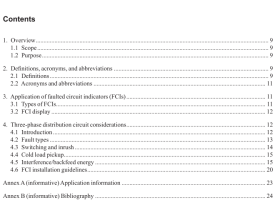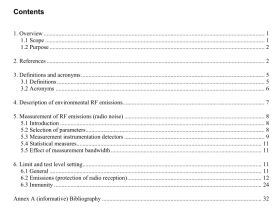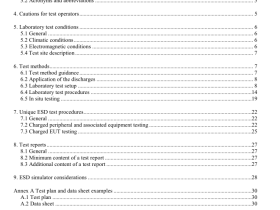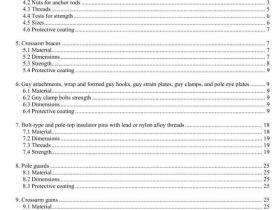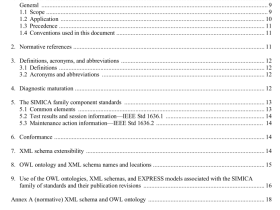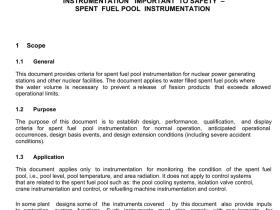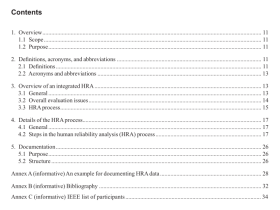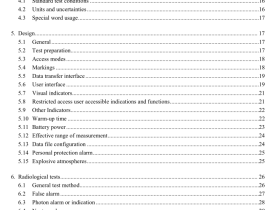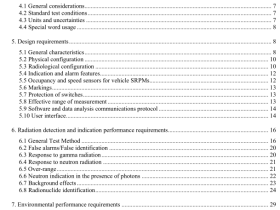IEEE Std 7001 pdf download
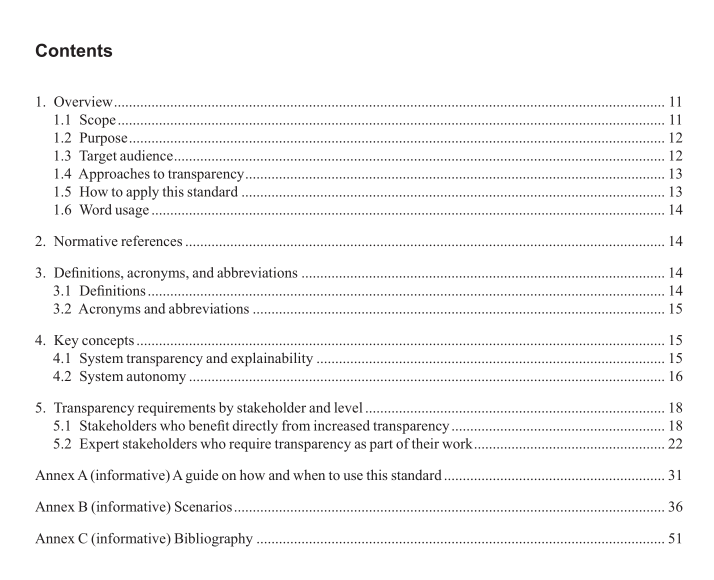
IEEE Std 7001 pdf download IEEE Standard for Transparency of Autonomous Systems
5. Transparency requirements by stakeholder and level Requirements for measurable, testable levels of transparency are set within each stakeholder category. Levels of transparency are defined from 0 (no transparency) to 5 (the maximum achievable level of transparency). Each definition is a requirement, expressed as a qualitative property of the system that must be met. In each case, the test is simply that of determining whether the requirement is met or not, i.e., the transparency property required by a given level for a given stakeholder group is either demonstrably present or it is not.
The choice of five levels is a compromise between a reasonable degree of granularity while allowing for discernible differences between successive levels. Levels 1 to 5 have been defned to describe successively greater levels of transparency. All levels are judged to be technically feasible while each successive level is typically more challenging. For two categories of stakeholder, each level builds upon previous levels, so it is expected that when a system meets level n for a particular category, then it also meets levels n – 1, etc. Stakeholder categories and their transparency defnitions are independent of each other. There is no expectation that if a system meets level n in one category it will also meet the same level in other stakeholder categories. Levels that are not cumulative or categories that are not strictly independent are noted in 5.1 and 5.2.
It should also be noted that any particular stakeholder may be interested in the transparency measures of other stakeholders for redundancy and cross-validation purposes. Note that the levels of transparency set out in this clause are unrelated to the levels of autonomy in 4.2. Similarly, there is no expectation that higher-autonomy systems are required to conform with the higher levels of transparency in any of the categories below. This clause is presented in two parts: Subclause 5.1 covers stakeholders who beneft directly from increased transparency and 5.2 covers expert stakeholders who require transparency as part of their work. This standard recognizes but does not intend to restate or replace applicable laws and regulations regarding personal data, data privacy and data security. Users of this standard are responsible for referring to and observing all such laws and regulations. Conformance with the provisions of this standard does not imply conformance with any applicable legal or regulatory requirements.
5.1 Stakeholders who beneft directly from increased transparency
5.1.1 Users of autonomous systems Autonomous systems shall provide a simple, understandable way for the user to understand what the system is doing and why and how the system is doing what it is doing. Not all users will require the same degree of system transparency; non-expert users will typically need simple and understandable high-level explanations of a system’s decisions and actions, while expert users will require more complete and informative transparency. The term user is defned as falling on a broad spectrum from non-expert users of autonomous systems to superusers, as follows:
— Non-expert users include both persons who have only a brief interaction with the system (for instance, when collecting a food delivery from an autonomous delivery robot or when using an automated hotel checking-in system) and persons who interact every day with the system (for instance, an assisted living robot, robot vacuum cleaner, or conversational AIS such as a smart speaker). Falling between non-expert users and superusers, is a category of domain expert users.
— Domain expert users include, for instance, a medical doctor using a medical diagnosis AIS as a diagnostic assistant in a clinical setting or a team of nuclear systems engineers supervising a semi- autonomous robot (or system of robots) to remotely repair or upgrade a reactor. Such domain expert
